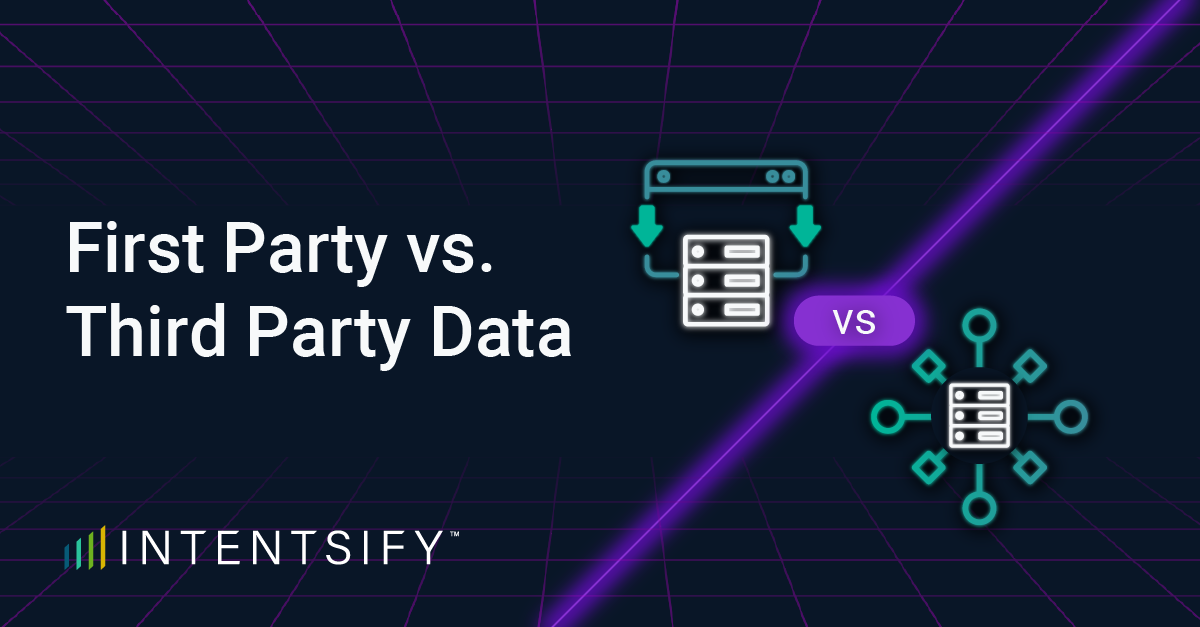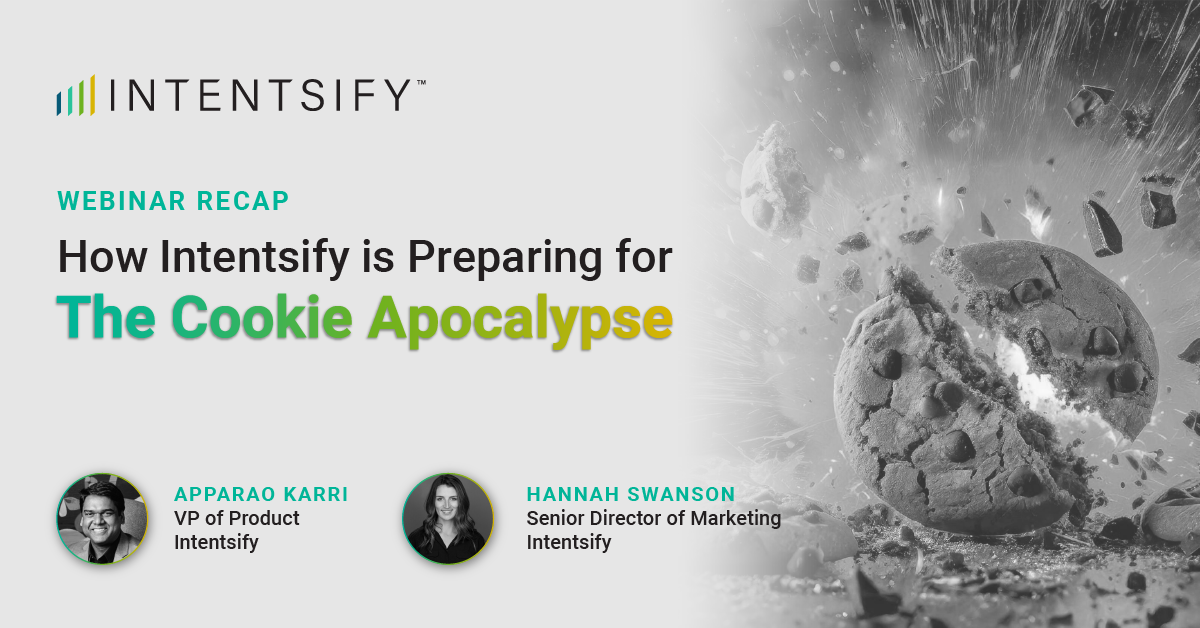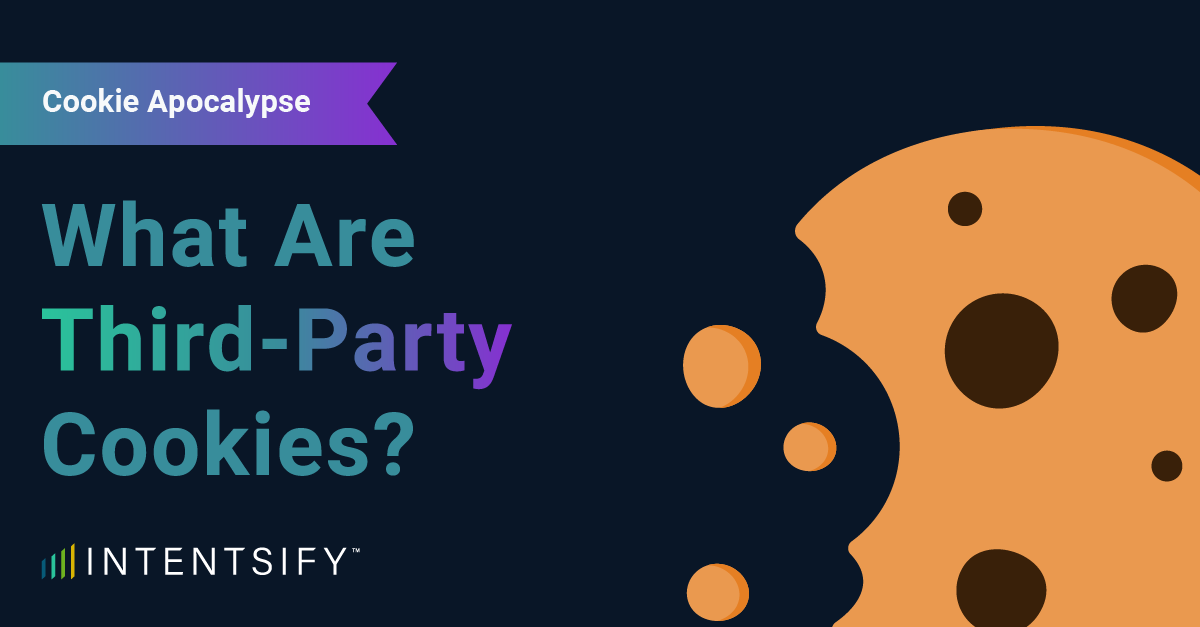B2B marketers live and die by the quality of their data. Not only do 71% of consumers expect personalized interactions with brands, but a McKinsey study has found that companies that focus on personalized marketing experience up to 50% decrease in customer acquisition costs and 10-30% increase in their marketing ROI.
Personalization, of course, relies on data in order to understand customer preferences, behavior and intent. However, not all data is made equal. There are massive differences between first, second, and third party data in both its accuracy and compliance with data regulations. Here we provide an overview of the different data types marketers have at their disposal and how to make the most of their first party data in light of increased restrictions in data regulation laws.
Demystifying Data Types
There are three types of data marketers can use to understand customer behavior: first, second and third party. Each type has its own characteristics and is viewed differently by data privacy laws such as the General Data Protection Regulation (GPDPR) and the California Consumer Privacy Act (CCPA).
First Party Data
So, what is first party data? This is user data collected directly by the company itself via website interactions, contact forms and any other media where individuals share their information. First party data can include demographic information, browsing behavior and purchasing history as well as any other data that users willingly share or provide by interactions with the company’s website, social media accounts or mobile app.
The data is owned by the company and is therefore far more reliable than other data types.
Second Party Data
Second party data refers to another company’s first party data that is shared or sold directly to another company for mutual benefit—typically through a formal agreement or partnership. This can offer advantages similar to first party data because it is typically more reliable and specific to the target audience. However, second party data use may come with certain limitations or considerations regarding privacy, data usage agreements, and data sharing policies between the two parties involved.
Third Party Data
Finally, third party data is any data that is collected by businesses that don’t have a direct relationship with the individuals whose data is being gathered. These can be data brokers, aggregators or any other business which specializes in data collection and data analysis and who sell this information on to other businesses as a service.
It is often used by businesses and advertisers to supplement their own first party data and enhance their understanding of their target audience or market segments. While third party data can help businesses reach new audiences, increasing concerns around data privacy and accuracy have raised serious questions around its future use.
The Role of First Party Data in B2B Marketing
This growing awareness around data privacy has made first party data an indispensable tool in any B2B marketer’s toolkit. First party data offers many benefits which can help businesses better understand their customers and reach them with the right message at the right time.
Improved audience targeting
Marketers who have rich and quality first party data can really drive personalization in all of their marketing efforts. For example, they can analyze past behaviors or interactions on their website or mobile app and segment their audience based on their interests. For instance, if a user frequently reads articles about gardening on your blog, you can target them with ads or emails related to gardening tools or supplies.
Improved customer experience
First party data can also significantly improve customer experience by giving customers exactly what they need, when they need it. For example, instead of having a customer browse through dozens of pages of irrelevant products, first-party data can drive hyper-targeted and contextually relevant experiences across channels.
Building trust and credibility
Data privacy concerns can seriously undermine brand credibility. A Deloitte study has found that 66% of consumers have concerns about how companies they interact with online use their personal data. Such concerns can have a serious impact on business performance and on the effectiveness of your marketing campaigns.
First party data can counteract that as any information businesses have on their users would have been provided directly by the users themselves. This can increase trust and improve the overall ROI on your campaigns and overall marketing efforts.
Third Party Data: Supplementing Strategies
While first party data should be your go-to approach to informing your marketing strategy, third party data can be used to supplement your insights. For instance, if you have gaps in your existing data, verified third party data can fill in those gaps and help you gain a clearer understanding of what your customers want.
Third party data can also help you compare and contrast your insights with behaviors observed across the wider market. When deciding to use third party data, make sure that you procure this data from reputable sources who comply with all relevant data protection regulations.
Third Party Data Vs. Third Party Cookies
Don’t forget that third party data isn’t synonymous to third party cookies. While third party data refers to any information collected by an entity that doesn’t have a direct relationship with the user, third party cookies are a specific type of cookie placed on a user’s device by a website other than the one the user is currently visiting. Cookies track user’s online activities while third party data encompasses a wider scope of user activities and behaviors across channels.
Conclusion
In a world where the slightest edge in personalization and product positioning can make a difference, B2B marketers who collect and leverage first party data are bound to win. Not only is first party data more reliable and compliant with ever more stringent data privacy laws, but prioritizing first party data invites businesses to open up more avenues for dialogue with their clients and build trust. And trust is the most sustainable way of building long-term business success.






